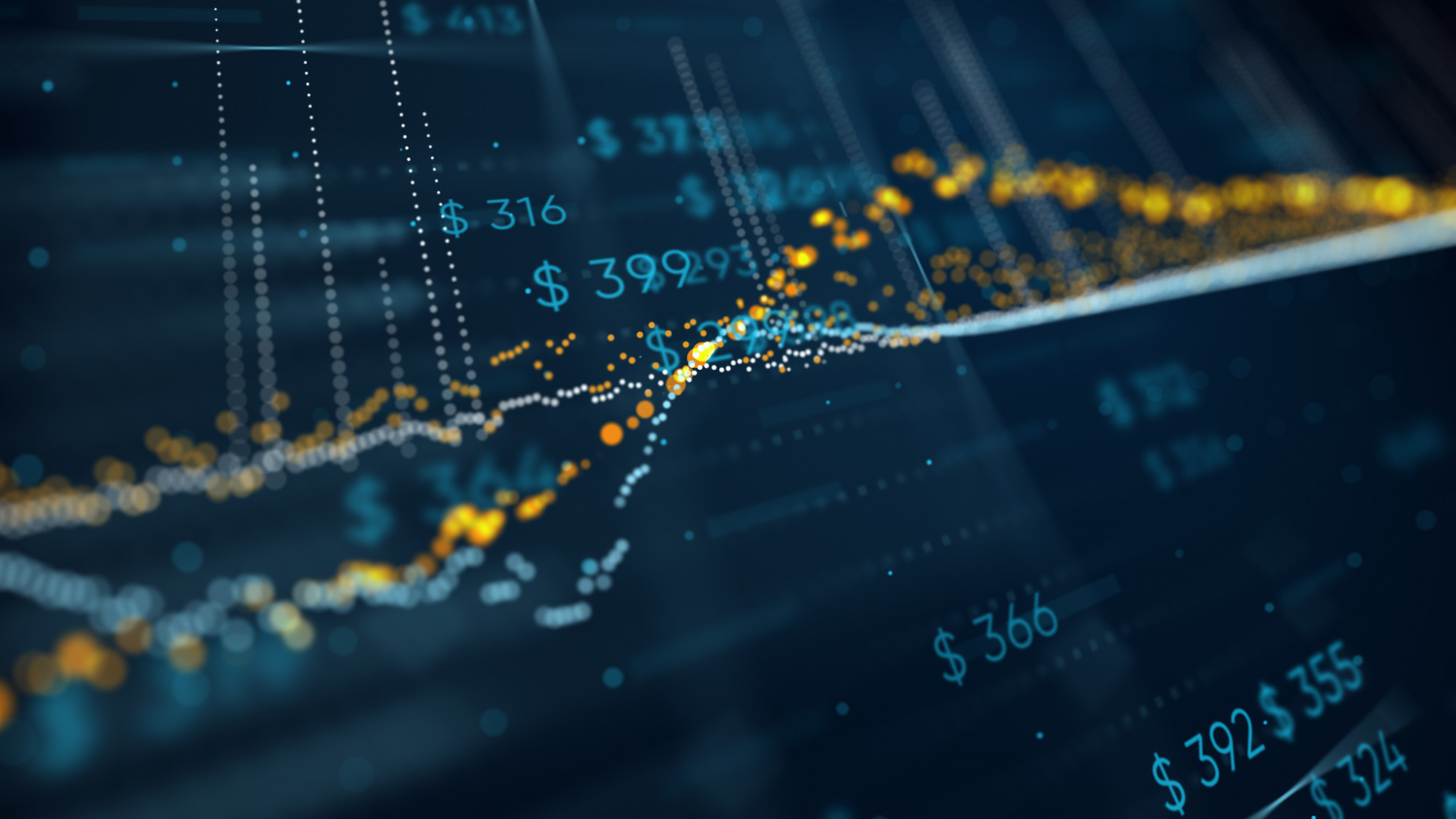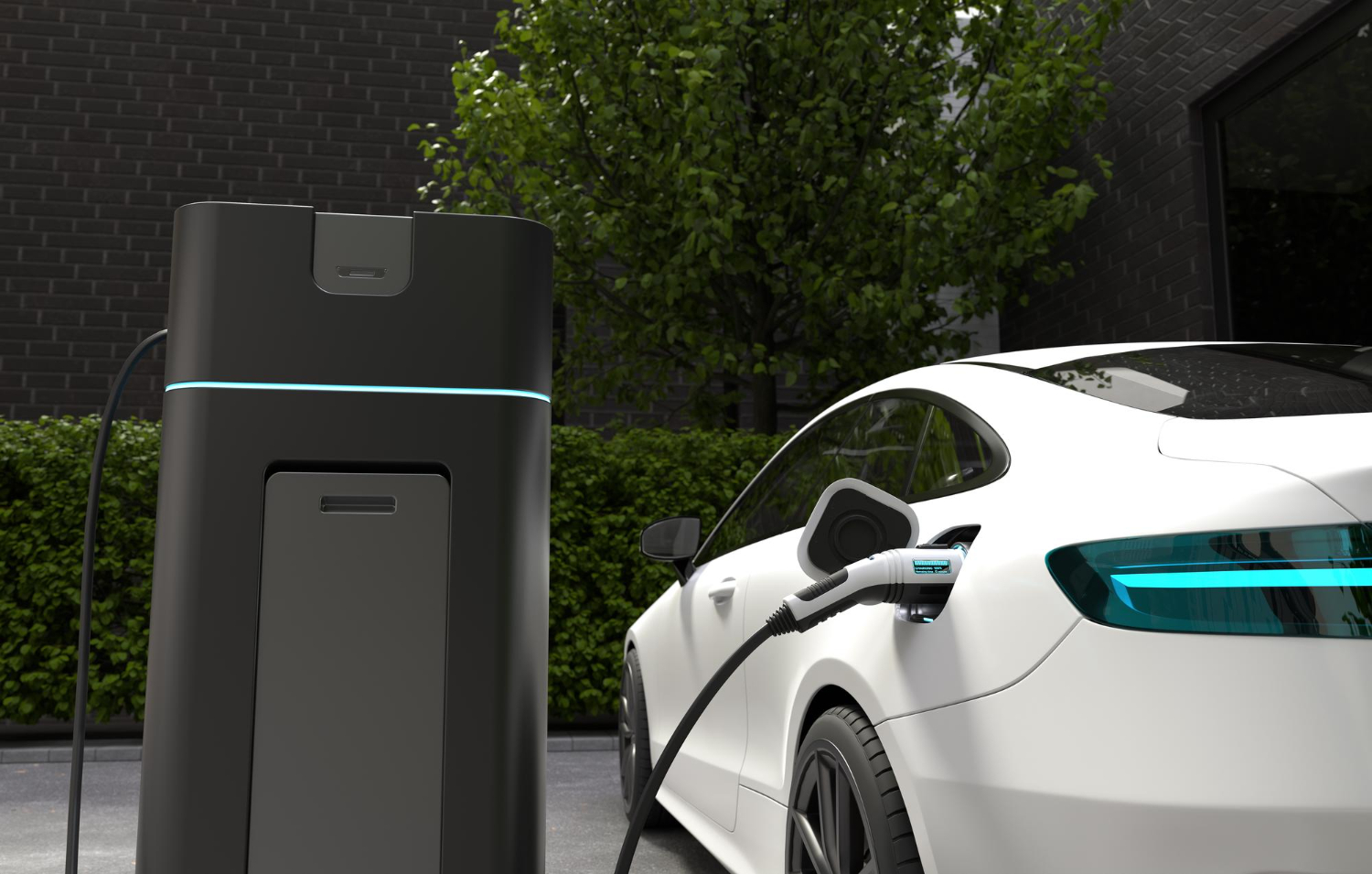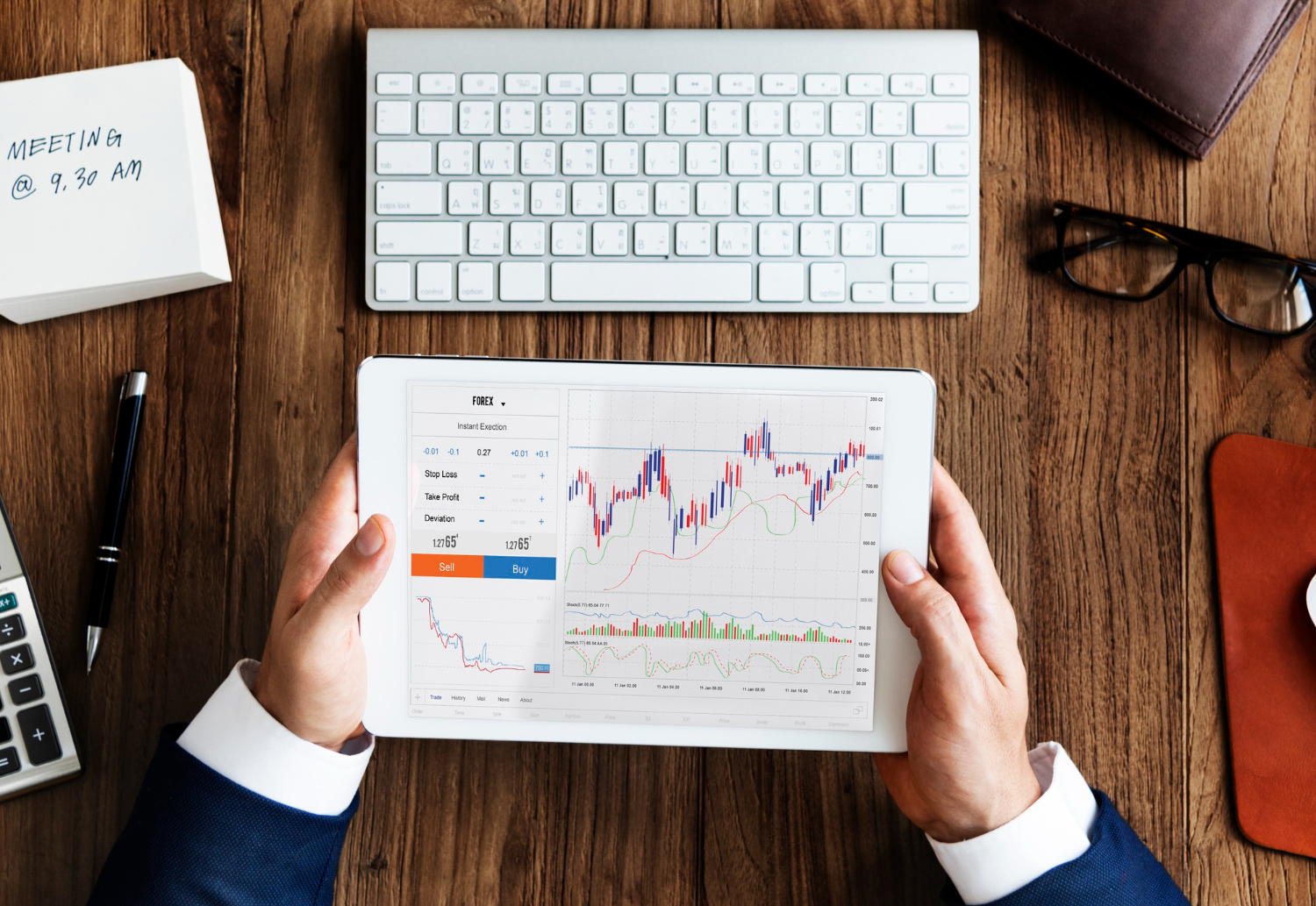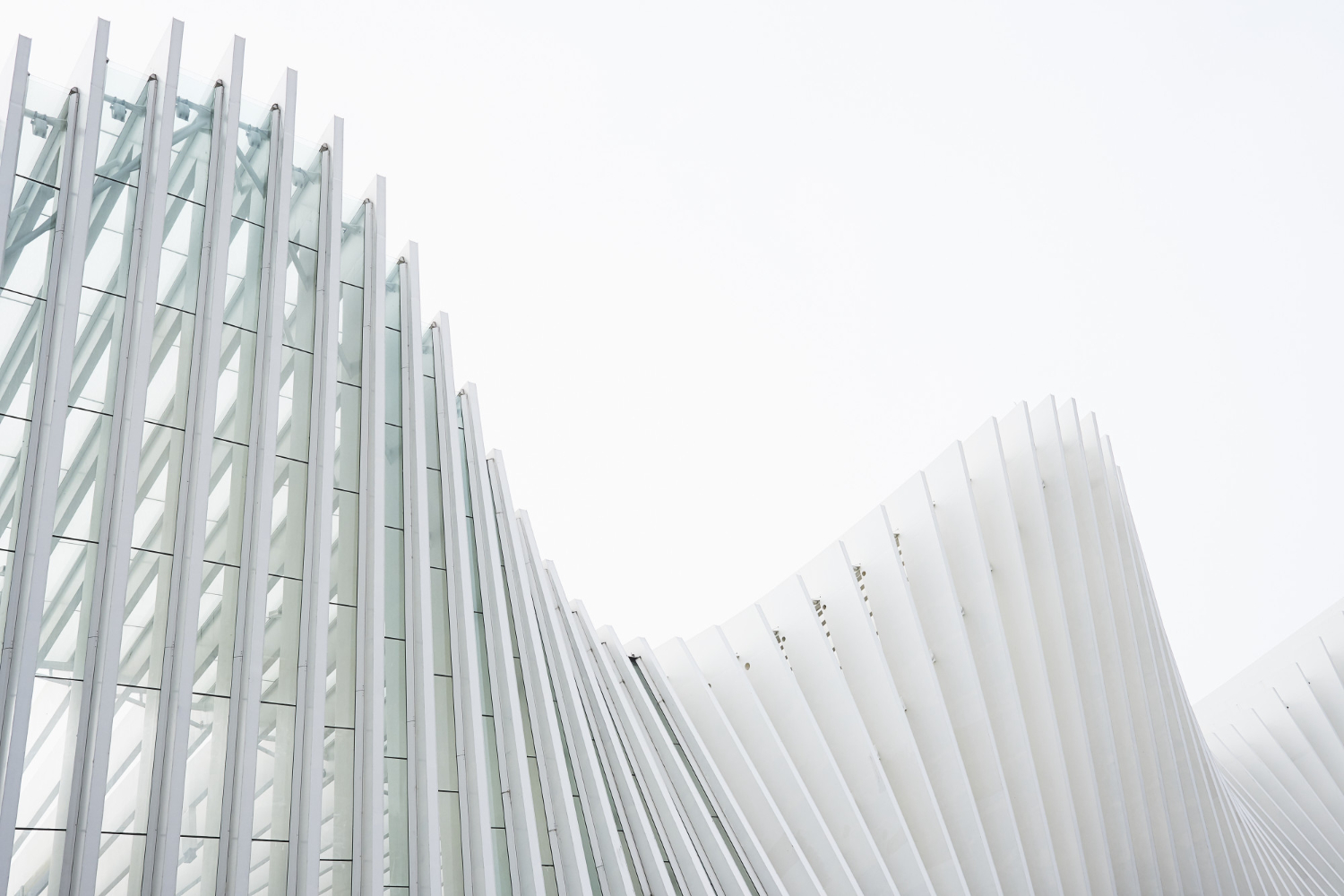Metal Lease Rates
How are metal lease rates calculated?
Metal leasing can be a useful tool for companies that do not want to maintain their own stock of precious metal. Leasing can bring greater flexibility and control to cash flow, free up money for investment elsewhere, and avoids owning unused assets at a fixed price.


What key factors impact metal leasing rates?
Precious metal lease rates are impacted by a wide range of factors including:
Geography of supply:
- Where metal supply (or demand) is located can impact price.
- Chinese legislation makes it difficult for metal to leave the country. Chinese demand is large enough that this greatly impacts global supply.
- War and conflict areas, particularly involving major suppliers such as Russia or South Africa, reduces global PGM mobility and increases lease rates.
- Likewise, production issues (i.e., emergency plant closures) at major mines and refiners can cause significant market shortages and lease-rate fluctuations.
Size of supply and demand
- Platinum is the most ubiquitous of PGMs, therefore the least price volatile.
- Ruthenium has comparatively fewer uses, limiting its demand and price.
- Metal form affects price and lease rates. There are different markets and prices for sponge (industrial use) vs ingot (commercial/investor).
- Rhodium, ruthenium, and iridium are technically complex to refine and scarcer to source which leads to supply problems, therefore pricing takes longer to stabilise.


Automobile Demand
- Catalytic converters currently comprise the majority of global palladium and rhodium demand.
- Tighter European (2015) and Chinese (2021) vehicle emission legislation has increased global PGM consumption.
- The rise in share of battery electric vehicles, which requires far less PGMs, threatens global PGM demand.
- However, hydrogen vehicles maintain a high use of PGMs, therefore its growing share retains PGM demand.
Investor behaviour:
- Higher prices encourage the selling of investor metals which lowers demand, and vice versa, stabilising the price somewhat over time.
- However, investors can corner the market if a PGM is in short supply, temporarily inflating the price artificially.
- Up and coming industries which are PGM heavy, such as green hydrogen, have attracted additional PGM investment.
- Recently, Exchange Traded Funds (ETFs) allow investors to purchase platinum and palladium without the complexity of storing physical bullion. This had made it much easier and quicker to invest in these metals.


Chinese demand:
- Chinese consumers accounted for 30% of global PGM demand in 2021, up from 5% in 1998, particularly due to the jewellery and passenger vehicle industries. (Johnson Matthey, PGM market report, May 2022)
- China also accounted for 38% of industrial PGM in 2021, with the glass, chemical, and electronic industries being the key contributors. (Johnson Matthey, PGM market report, May 2022).
Other industrial demand:
- Platinum demand was close to record levels in 2022 with strong petrochemical plant investment in China.
- Glass fibre, which is used to reduce carbon emissions in applications such as vehicle light-weighting, also helped to keep platinum prices high.
- Record prices in palladium and rhodium however have meant thrifting and substitution away from these metals in dental alloys, glass, and chemicals.

Support for precious metal leasing
Please get in touch to discuss how precious metal leasing can benefit your business.

